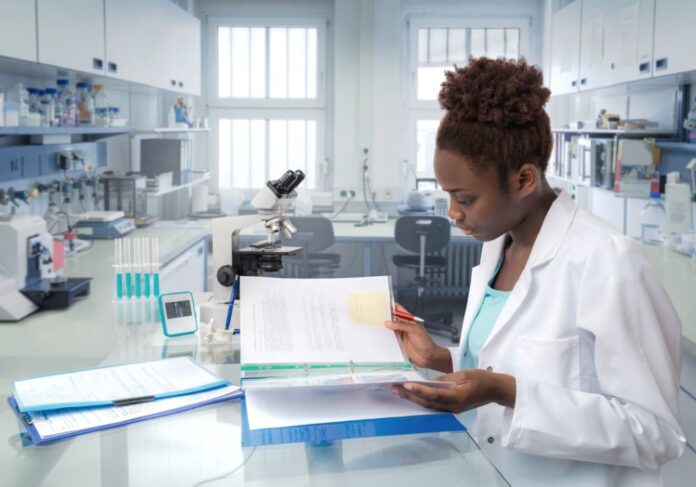Finding a suitable site for your medical laboratory startup takes time and effort. Improve the process with these considerations for choosing a lab site.
Starting a successful medical lab requires business acumen and an understanding of the clinical laboratory industry. Of the many considerations to keep in mind, finding the right site for your lab startup remains one of the most critical choices for running a thriving business. Explore the top considerations for choosing a medical lab site.
1- Geographic Location
Your medical lab won’t exist on its own island, so you need to consider how the transportation infrastructure can support your business. For example, you’ll need a reliable way to receive samples in a timely manner.
Location also influences the cost of starting and running a lab. Some areas of the US have a higher concentration of labs, which can make it easier for you to find an existing lab building to move into.
Where you’re located also impacts how you’ll attract employees. Consider whether the local workforce has enough lab professionals with the certifications, skillsets, and experience you need to run your lab. Keep in mind, though, that you can always hire traveling laboratory staff.
2- Lab Size
Another top consideration for choosing a site is the size of your medical lab. You’ll need a facility that can comfortably hold your staff, furniture, workbenches, equipment, and supplies. In general, about 165 square feet of space is a good estimate for each staff member’s workspace.
You also want to choose a lab size that will accommodate your business’s growth. Opting for a site that’s too large often means you’ll pay more for overhead and equipping the space. Getting a site that’s too small means you’ll have to relocate sooner.
One way you can simplify calculating the lab size needed is to trust a consulting company with your lab startup. Consultants with experience helping lab startups will take your business plan, the needs of your lab’s test menu, and your growth plans into account when determining a suitable lab size. Talking to consultants before you sign a lease can help ensure you make a great decision.
3- Utility Capacity
Laboratories place a high demand on electrical systems. You’ll need to meet your lab’s electrical needs with an additional 20–40 percent capacity. Depending on your lab site, you might need to upsize the electrical panels or add generators.
Specialized plumbing fixtures such as floor drains and emergency wash stations create a unique need for labs that most other businesses don’t need to consider. Many buildings, such as standard office buildings, do not have the additional plumbing capacity to meet the needs of a lab.
If you’re leasing a building that has not been outfitted for lab work, you’ll pay a higher cost upfront to renovate. If you find a space that has already been used by a lab, you can save money and make improvements to prepare the space for your specific needs.
Considering the geographic location, lab size, and utility capacity form the foundation for choosing a lab site. Finding a suitable site can save your business time and money by lowering the chance you’ll need to relocate soon after settling in, so use this information to give your lab a strong start.

